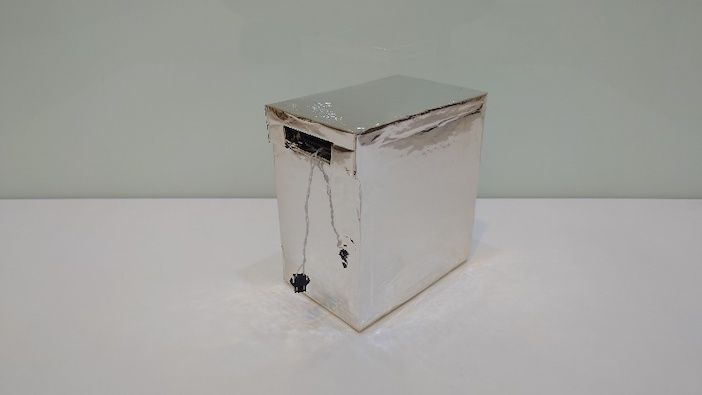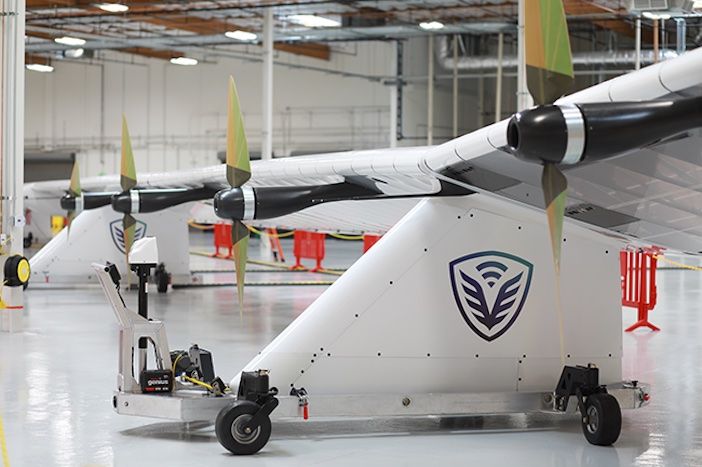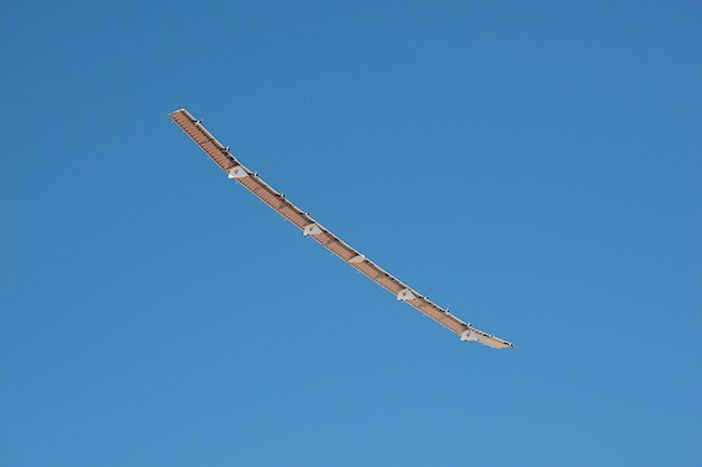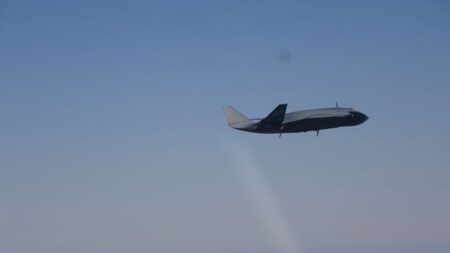HAPSMobile has successfully tested a higher-power lithium-metal battery pack in the stratosphere using its Sunglider drone.
The battery packs, developed by Japanese company Enpower, use cells with a specific energy of 439 Wh/kg, more than 1.5 times that of existing products, to achieve 300 Wh/kg for each pack.
Engineers from HAPSMobile conducted the flight test from January 30 to February 2 in the USA during which a charge-discharge cycle of the battery was conducted.
HAPSMobile (High Altitude Platform Station), a subsidiary of Japan’s Softbank has been flying its Sunglider aircraft in the stratosphere since 2019. The company is developing a fixed-wing aircraft able to provide telecommunications services from the stratosphere for months at a time, in a similar way to AIrbus’ Zephyr drone.
The battery packs had been previously tested in a test chamber that simulates the temperatures and atmospheric pressure of the stratosphere, but the flight test earlier this year was the first time SoftBank has successfully tested the battery pack in the stratosphere.
To realize stratosphere-based wireless communication services, Softbank believes it is essential to develop next-generation batteries with a high specific energy. Lithium-metal batteries have a higher specific energy and are known to improve cycle life by applying high constraint pressure during charging and discharging and have a longer lifetime.

However, when lithium-metal battery cells are assembled into a battery pack, an increase in component weight poses a development challenge for aircraft. In addition, a battery pack for HAPS needs to operate correctly in stratospheric conditions at extremely low temperatures of around -60°C. It is therefore necessary to develop a temperature control system that includes heaters and insulation materials to maintain a constant temperature.
SoftBank worked with Enpower Japan to develop the battery cells and an electrolyte that is less prone to gas generation in stratospheric environments with low atmospheric pressure. It also worked with ENAX, to build battery pack components that included a constraint mechanism, heaters and insulation materials, and succeeded in reducing the weight of each component.
This achievement brought the companies closer to building a battery pack with a specific energy of 300 Wh/kg, which exceeds the approximate 190 Wh/kg of battery packs for HAPS that use commercially available high-performance lithium-ion battery cells.
The battery pack demonstrated the same level of regular operation in the stratosphere at temperatures of around -60°C as shown during the ground tests. Also, it the flight testing confirmed that there was no significant difference in the heat retention of the battery pack and the power consumption of the heater when compared with the results of a previous stratospheric environment simulation.
As a result of conducting this stratospheric test, SoftBank was able to confirm phenomena and issues specific to the environment in the stratosphere, such as the establishment of control and communication methods between the stratosphere and the ground, and heat conduction differences of the battery pack when heated in the stratosphere compared to operation on the ground.
The company aims to develop a large battery pack as a power source for HAPS operations and industrial drone applications.






